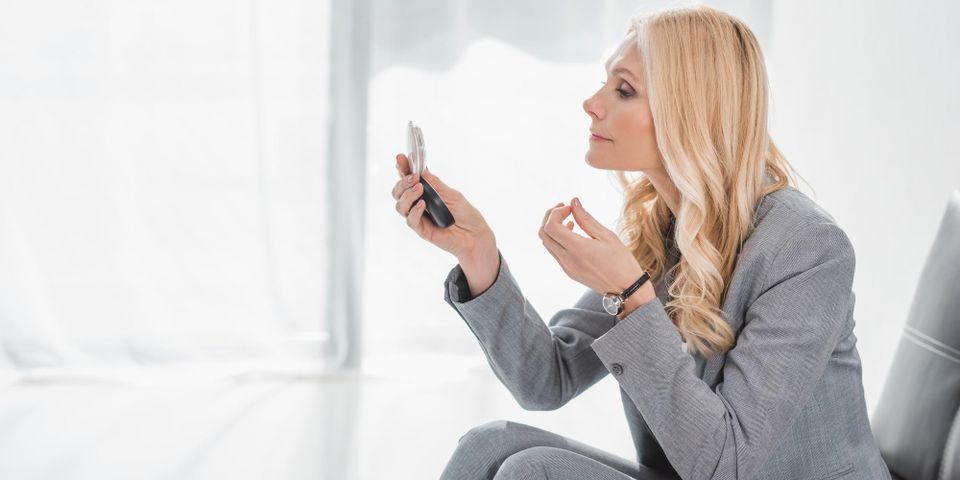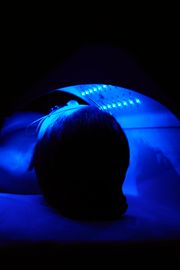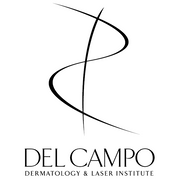5 Frequently Asked Questions About LED Phototherapy

When it comes to clearing up your skin or erasing signs of aging, there are many therapies out there that can produce high-quality results. But of all these skin treatments, none may be as affordable, quick, and convenient as LED phototherapy. With this approach, dermatologists use special phototherapy devices to harness the power of light-emitting diodes and gradually enhance one’s appearance. If you’re curious about this option for skin rejuvenation, here are a few frequently asked questions and answers that shed more light on this innovative and safe technology.
5 LED Skin Treatment FAQ
Are LED lights safe for the skin?
While exposure to UV lights—such as those in tanning booths—can increase the risk of skin cancer, LED lights are safe for human use. In rare instances, phototherapy will cause temporary side effects—such as inflammation, rashes, and redness. Given these possible outcomes, individuals who have rashes or are currently using Accutane should avoid the treatment.
What are the different types of LED lights, and what do they treat?
Blue light is known for killing bacteria and reducing oil production to treat acne and prevent flare-ups. It’s also effective in alleviating psoriasis and eczema.
Red light is best for ongoing skin rejuvenation, as it boosts moisture levels, shrinks pores, and reduces inflammation. It can also increase circulation and improve cell repair to minimize the effects of rosacea.
If you’re looking for anti-aging benefits, near-infrared LEDs can enhance cellular health and boost elasticity to smooth out wrinkles and fine lines.
What should I expect during a phototherapy session?
 An LED phototherapy session is a simple outpatient skin treatment that usually takes about 20 minutes to complete. To start the session, you’ll lie under a special LED device—such as a light panel or dome—that is configured to address your concerns.
An LED phototherapy session is a simple outpatient skin treatment that usually takes about 20 minutes to complete. To start the session, you’ll lie under a special LED device—such as a light panel or dome—that is configured to address your concerns.
How many sessions will I need to achieve results?
While the exact timeline can vary depending on your unique needs, new patients usually require about 10 weekly sessions. After this point, the patient may opt to maintain and improve results by booking bimonthly touch-ups.
Are at-home phototherapy devices effective?
Although there are several at-home LED phototherapy devices on the market, they may not produce the desired results. These products typically contain bulbs that aren’t as strong or effective as those used in professional devices. Using this option also prevents you from getting personalized insight from a trusted dermatologist.
When it’s time to refresh your facial appearance, pay a visit to Del Campo Dermatology & Laser Institute in Miami, FL. Under the care of dermatologist Dr. Roberta Del Campo and her trusted team, you’ll receive an in-depth assessment of your skin health to determine which therapies are best for your goals. Whether you opt for a chemical peel or LED phototherapy, this clinic will guide you through every step of the process to ensure you have a comfortable and pleasant treatment experience. To learn more about their cosmetic and medical solutions, visit this dermatology center online. For appointments, call (305) 705-6675.
About the Business
Have a question? Ask the experts!
Send your question

